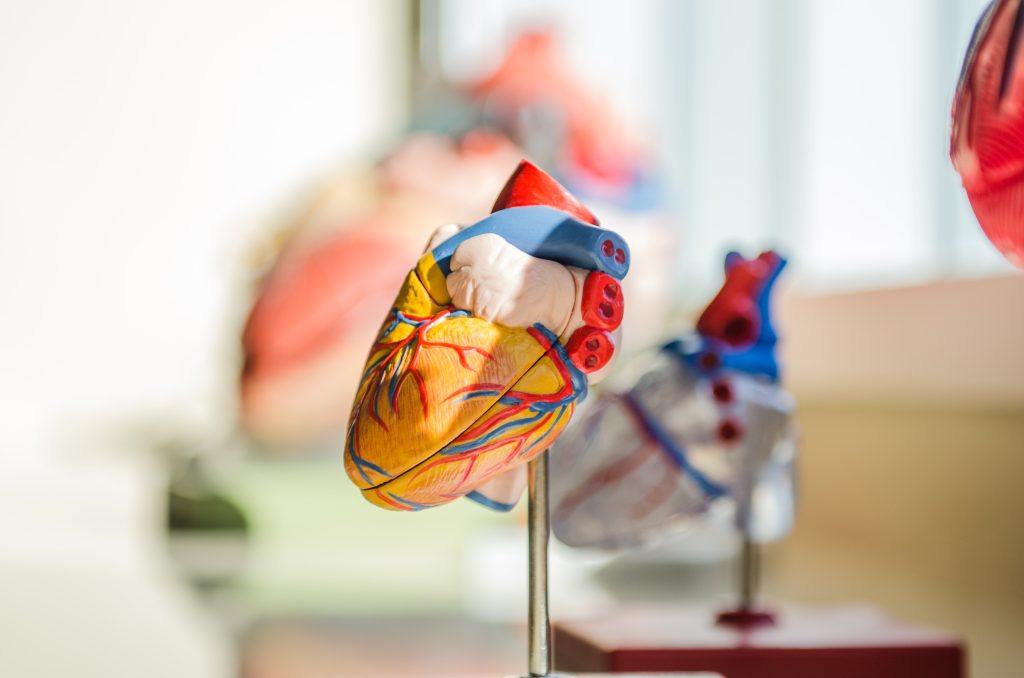
Responsibility – bringing science into public domain conversation
Way too often the scientific message carries complex information and/or has little perceived relevance and therefore quickly loses the interest of the receiving end. Let’s just have a test of a typical message and how it might resonate with you:
“I have studied vascular coronary ion-channels on a functional and translational molecular level, and I believe that they could be implicated in new pharmaceutical interventions”. Alternatively, we can start a conversation in a more engaging way, that offers a real chance to understand a scientific field and challenge and in a format that allows for an inclusive discussion.So let me try this. I have studied the heart from a physiological, biochemical and medical angle and there are many reasons why it keeps fascinating me. The heart functions as a pump that ensure delivery of nutrition and oxygen-filled blood to all parts of our body. The transport system for the delivery of the blood to all parts of the body works through a network of blood vessels. A healthy adult heart weighing around 300 grams can pump 7500 liters of blood through a network of blood vessels of 100,000 km every single day. It sounds unbelievable to me when considering the fact that the heart only uses the equivalent of about 2 watts of energy. Just to put it in perspective for you, I can tell you that your cellphone uses about 5 watts to charge. We know that 5% of the blood is first distributed to the hearts own circulatory system. Furthermore, 20% of the blood is distributed to the brain and the nervous system, while more than 20% blood is pumped to the kidneys. The remaining approximately 55% of blood is distributed to all other organs and to the skin. I find it truly fascinating that over 30-40 trillion cells receive blood from the heart. One vital organ that constantly serves so many biological processes by pumping nutrition, oxygen and substrates filled blood around the human body. The heart has an intricate network of branches of blood vessels – and the intersections of blood vessels are called nodes. Heartnodes play a vital role in affecting and controlling heartbeats in form of contractions and dilatations. This is initiated by the so-called pacemaker cells in the sinoatrial node which is the upper part of the heart. The sinoatrial node determines heart rates in humans by its ability to generate electrical impulses also referred to as action potentials. These electrical impulses are spread from the atria to the ventricles through nerve fibres from the intrinsic conduction system. The activity of the heart is therefore modulated by nervous systems. A total of 3 different nervous systems, respectively the central nervous system, the peripheral nervous system and the intrinsic nervous system. An adult heart beats about 70 times a minute. That’s almost 100000 times a day and approximately 36 million heartbeats per year. Isn’t that amazing? We all have a heart that is constantly working for us.
Now – If we zoom into a molecular level, we have the ion channels as major players of the hearts conduction system. I have spent years studying a few ion channels, and still have so much more to learn about these naturally accruing processes that are crucial to understand in the development of new pharmaceutical interventions.
Ion channels are only one area of importance for heart physiology. There is a great demand for understanding many more areas as well in order to accelerate and maximize cardiac and cardiovascular knowledge.
I will follow up with a post about ion channels – meanwhile let me know which areas of the heart is of special interest to for you to share about or to dig further into?





